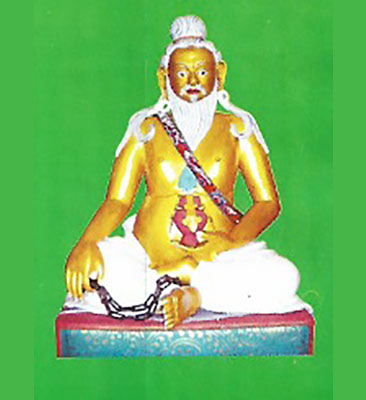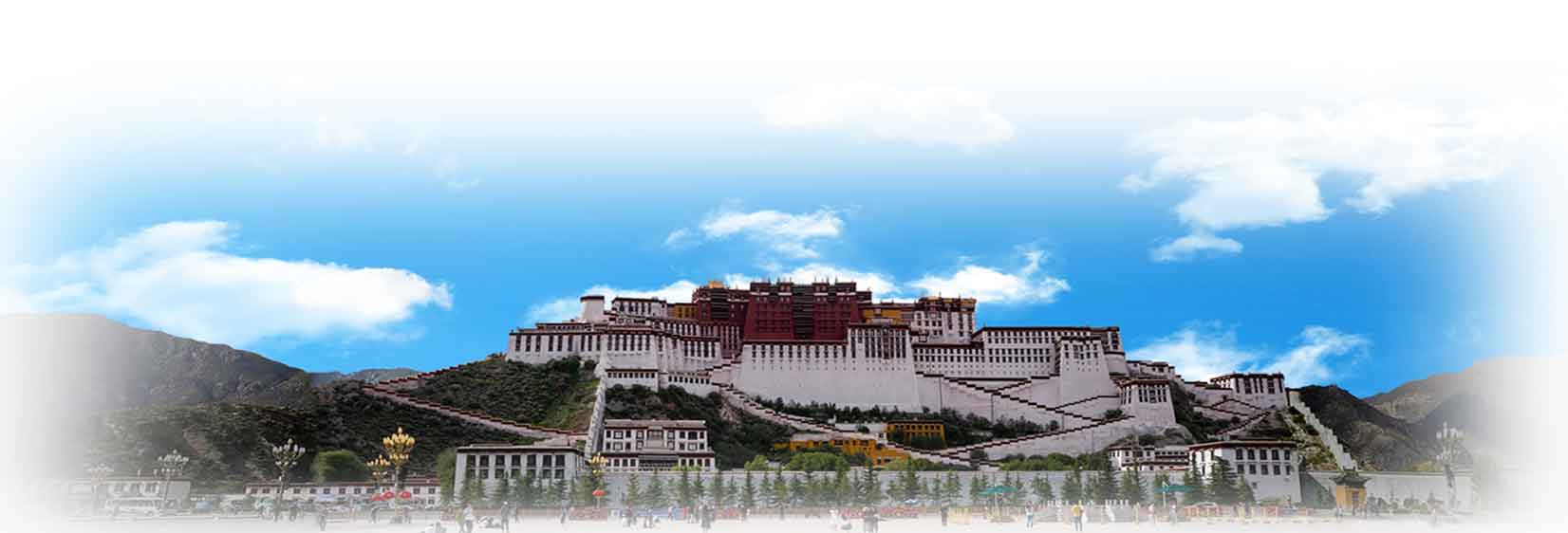The reason that led Thangtong Gyalpo forming up Ache Lhamo is one that inspires and transcribes empathy towards others. While Thangtong Gyalpo was a Buddhist adept, he had great knowledge of metallurgy, meditation, and architecture. Once, during his pilgrimage trip in Bhutan, he was denied entry on a ferry by the ferryman that was used by passengers to cross a river. Upon this, the thought of denial of entry for other poors laid the foundation of the idea to create iron bridges that could help people cross.
Throughout his lifetime, Thangtong Gyalpo is said to have constructed over 58 iron bridges spread across Tibet, and Bhutan. He was also called the “Iron Bridge Maker” by people across Tibet, and Bhutan. But, to achieve such a feat, Thangtong needed funds, and for that he set up Ache Lhamo, a song and dance group of seven sisters who performed across the two nations and raised funds for the massive constructions.
Currently, during the performances, the Llamo troupes each possess a statue of him that they put upon the altar. The term “A che lhamo” means elder sister fairy in the Tibetan language. Historically, Gyalpo wrote the arias of the original musical stories while seven beautiful girls under his training performed the dances. The onlookers used to cry out “the goddesses (lhamo) are dancing!” Thereafter, the name of Ache Lhamo came to be.
Professional artistes for Kyormulung
The professional Kyormulung artistes provide training and perform in the Ache Lhamo performances. The main Tibetan teacher in charge was the Late Master Norbu Tsering or Laba, and many other professional artistes following his instructions. The traditions practiced include Monru Ponsang (Dhepa Tenpa), Chungpa (Prince Norsang), and Kyormulung (Drowa Sangmo, Pema Woebae, and Sukyi Nyima).
Tibetan Institute of Performing Arts Course
All of the participants and students at TIPA must go through the following training courses.
- Students learn how to perform body movements and correct facial expressions.
- Trainees go through voice training and learn how to sing the arias.
- Students learn traditional Tibetan dancing, specifically accurate limb and hand movements.
- Training is available on the correct narration techniques and framing a basic but descriptive story.
- Students learn how to play instruments like cymbals and drums.
Vocalization training
Students of traditional Tibetan music learn instruments like lingbu (bamboo flute), piwang (two-stringed fiddle), and dranyen (Tibetan lute), besides drums and cymbals. Masters mainly focus on vocal training though. The four operatic troupes of Chungpa, Gyakara, Kyormulungpa, and Shangpa organize their own musical performances.
The choreography of music and Acting
Under the dance category, artistes at Tibetan Study & Training learn how to dance traditional courtly dances and folk dances. The latter is characterized by small kicks, steps, stamps, and an unmoving torso. This is common for Central Tibet-inspired dances; while the Eastern Tibetan dances include high leg-lift and smooth arm movements.
Tibetan Education
The TIPA education of Tibet culture and traditions Dharamsala deals with the cultural studies of Tibet overall. The institute recruits professional artistes in the different forms of Tibetan theatre performances for training. They undergo compulsory courses and lessons on the Ache Lhamo traditions as well. The trainees in the courses learn intricately about Tibetan dance forms and art forms, the history behind them, and take part in performances at the festivals.



